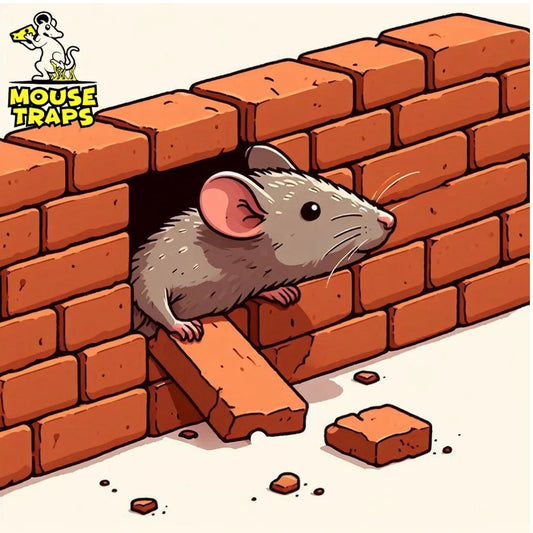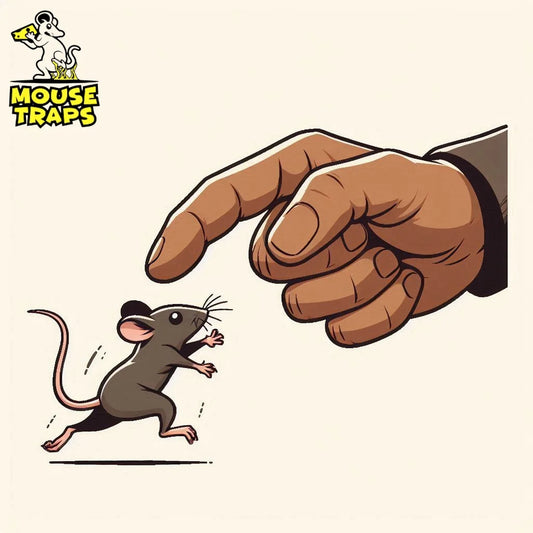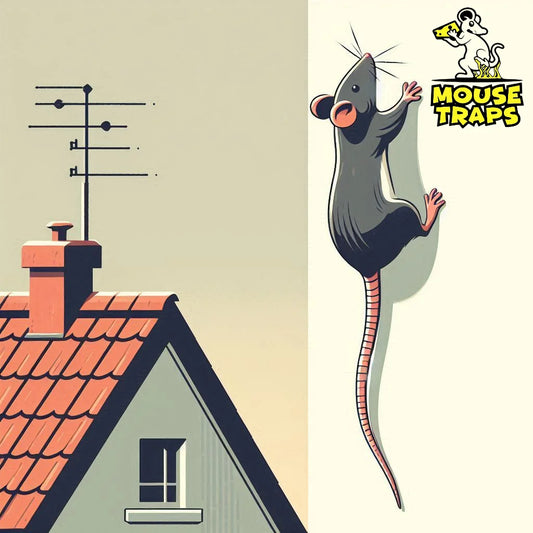Introduction:
Dealing with rat burrows in your garden can be quite a headache, for homeowners as they can harm your plants and even pose health hazards. Don't worry! By identifying and addressing these openings you can confront this issue directly. Come with us as we explore how to identify signs of rat burrows techniques to locate them and ways to get rid of them.
Understanding Rat Behavior:
To tackle the problem efficiently it's crucial to understand how rats behave. These animals are most active, at night. Typically look for shelter, food and water around their nesting areas. They excavate tunnels, beneath the earth to establish interconnected pathways for their society. Recognizing these behaviors is crucial, for locating and eliminating their dens effectively.

Signs of Rat Infestation:
Identifying signs of a rat infestation is the first step in addressing the problem. Look out for the following indicators:
- Droppings: Rat droppings are dark, cylindrical pellets, typically found near their nesting areas or along their travel paths.
- Gnaw Marks: Rats have sharp incisors and often leave behind gnaw marks on wood, plastic, or even electrical wiring.
- Tracks: Check for footprints in muddy or dusty areas, resembling small paw prints with claw marks.
- Nesting Materials: Rats use various materials like shredded paper, fabric, or plant matter to build their nests.
- Audible Noises: Rats may produce scratching or squeaking sounds, especially at night.

Identifying Rat Burrows:
Now that you're aware of the signs, let's focus on identifying rat burrows specifically.
Characteristics of Rat Burrows:
Rat burrows exhibit distinct characteristics that differentiate them from other holes in the ground:
- Size: Rat burrow entrances are typically 2-4 inches in diameter, accommodating their body size.
- Shape: They often have a slightly oval or irregular shape, reflecting the rat's digging patterns.
- Location: Burrows are commonly found along walls, fences, or near sources of food and water.
- Fresh Dirt: Look for piles of fresh dirt or excavated soil near the burrow entrance.

Conducting a Survey:
To identify rat burrows effectively, conduct a thorough survey of your garden:
- Inspect Perimeter: Walk around the perimeter of your garden, paying close attention to areas with dense vegetation or clutter.
- Check Hidden Spaces: Look beneath shrubs, piles of debris, or near compost bins, as rats prefer secluded areas.
- Utilize Flashlights: Use flashlights to peer into dark corners or under structures where rats might burrow.
- Monitor Activity: Keep an eye out for rat activity during dusk or dawn when they're most active.

Removing Rat Burrows:
Once you've identified rat burrows, it's crucial to remove them promptly to prevent further infestation.
Safe Removal Techniques:
Follow these steps to safely remove rat burrows from your garden:
- Wear Protective Gear: Put on gloves and a mask to protect yourself from potential contamination.
- Excavate Burrow: Use a shovel to carefully excavate the burrow, starting from the entrance and working inward.
- Dispose of Debris: Place the excavated soil and debris in sealed bags to prevent scattering and dispose of them properly.
- Use Repellents: Consider using natural or commercial repellents to deter rats from returning to the area.
- Monitor Activity: Continue monitoring your garden for signs of rat activity and take preventive measures to discourage reinfestation.

Note:
Searching for ways to deal with these rodents? here are the links to buy Live Humane Traps and Sticky Glue Pads Mouse Traps.
Click Here To Buy Live Humane Mouse Traps

FAQs:
How do I know if I have rats in my garden?
Look out for signs such as droppings, gnaw marks, tracks, nesting materials, and audible noises during nighttime.
Are rat burrows dangerous?
Certainly rat tunnels can present health hazards. Lead to harm, to vegetation, buildings and electrical systems.
Can I use poison to eliminate rats in my garden?
They dig tunnels to connect their communities. Understanding these actions is important, for finding and destroying their homes efficiently.
How deep do rat burrows go?
Rat burrows can vary in depth, typically ranging from a few inches to several feet underground, depending on the species and environmental conditions.
What should I do if I spot a rat in my garden?
Take immediate action by securing food sources, sealing entry points, and employing removal techniques like traps or repellents.
Conclusion:
To get rid of rat holes in your garden you need to be diligent and keep at it. Learn about rat habits, spot signs of infestation. Use the methods to keep your garden free of rats. Remember to stay proactive and address any signs of rat activity promptly to protect your plants and ensure a healthy outdoor space.





